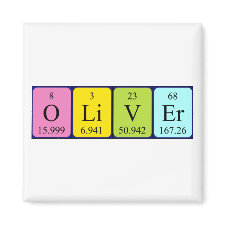
Authors: Dickert FL, Lieberzeit PA, Miarecka SG, Mann KJ, Hayden O, Palfinger C
Article Title: Synthetic receptors for chemical sensors - subnano- and micrometre patterning by imprinting techniques.
Publication date: 2004
Journal: Biosensors and Bioelectronics
Volume: 20
Issue: (6)
Page numbers: 1040-1044.
DOI: 10.1016/j.bios.2004.07.011
Alternative URL: http://www.sciencedirect.com/science/article/B6TFC-4D4PSD8-4/2/ad429730e7fa35b9f0164a12764e7a00
Abstract: Antibody-like selectivities are introduced into man-made polymeric systems by means of molecular imprinting. On the molecular scale, organic contaminants in water were analysed by 10 MHz QCM sensors coated both with affinity layers and with selective imprinted polymers. Affinity layers, polystyrene/silicone, yield sensor effects for aromatic hydrocarbons according to, e.g., molecular weight and solubilities, a prediction by molecular modelling is proposed. Imprinted layers, however, recognise molecular shapes: the lean toluene is favoured by factor of six to the more bulky o-xylene; even the three xylenes can be distinguished from each other. On the micrometre scale, erythrocytes of different blood groups are differentiated, although their geometrical shape is identical. In this case, the recognition is accomplished by a predefined hydrogen bonding network between excess OH groups of the polyurethane layer and the sugar molecules on the cell surface defining the blood group



Join the Society for Molecular Imprinting

New items RSS feed
Sign-up for e-mail updates:
Choose between receiving an occasional newsletter or more frequent e-mail alerts.
Click here to go to the sign-up page.
Is your name elemental or peptidic? Enter your name and find out by clicking either of the buttons below!
Other products you may like:
 MIPdatabase
MIPdatabase









